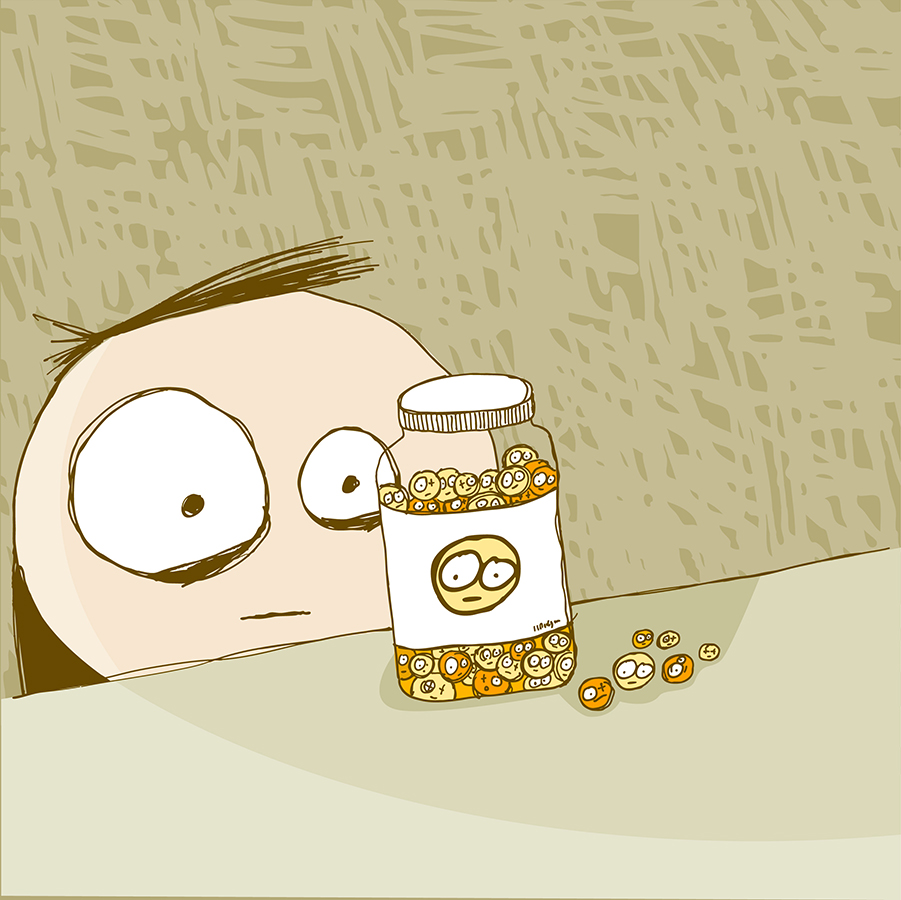Why are more kids than ever before overdosing on ADHD drugs in America?
Did you know that the number of U.S. children unnecessarily exposed to powerful medications meant to treat Attention Deficit Hyperactivity Disorder (ADHD) has gone through the roof over the past few years? In fact, over a 15-year period, unnecessary exposure to ADHD drugs has increased by more than 60% according to reports!
Study on ADHD Drug Exposure
Recently there was a report published by the American Academy of Pediatrics on ADHD drug exposure and reports to poison control centers indicate:
- In the year 2000, there were 7,018 calls to poison control centers related to an ADHD drug
- In 2014, there were 11,486 calls to poison control centers related to an ADHD drug
The study defines “exposure” to an ADHD drug as “unnecessary ingestions, inhalation or absorption” of ADHD medications. This includes when the exposure to the drug is both accidental and on purpose.
The study examined data from approximately 156,000 poison center calls made over the course of 15 years. Another disturbing aspect of the data they collected showed:
- 82% of the calls were “unintentional exposure”
- 18% were “intentional exposure”
When taking a closer look at the ADHD drug exposure statistics, the researchers focused in on four of the most common medications used to treat ADHD, including:
- Methylphenidate- name brand: Ritalin
- Amphetamine- name brand: Adderall
- Atomoxetine
- Modafinil
Ritalin was the ADHD drug with the highest number of exposures.
One of the lead authors of the study is Dr. Gary Smith. When discussing the conclusions made during the study, Smith states:
“What we found is that, overall, during that 15 years, there was about a 60% increase in the number of individuals exposed and calls reported to poison control centers regarding these medications.”
Smith also concludes that one of the more troublesome findings in the study is the severity of the exposures among the adolescents due to intentional exposure. So essentially, 18% of the calls coming into poison centers concerning an ADHD drug were due to kids taking the medications on purpose.
The study also compared these medications across three different age groups:
- 0-5 years
- 6-12 years
- 13-19 years
In the 0-5 year age group, they discovered that unintentional exposure was due to “exploratory behaviors”. However, with children 6-12 years old, exposure was due to:
- “Therapeutic errors”
- “Accidentally taking multiple pills”
Sadly, among the group 13-19 years old, more than 50% of exposures to an ADHD drug were intentional. Researchers note that many teenagers will use these stimulants because.
Even worse is, of all the poison center calls, around 10% resulted in a serious medical outcome. 10% may not seem like a lot, in regards to poisoning from medications any number is too many.
Ups and Downs
Smith did note that there were some ups and downs in the trends concerning ADHD and complications from the medications. For instance, the study notes:
- Between 2000 and 2011- ADHD drug exposures increased by 71%
- Between 2011 and 2014- ADHD drug exposures dropped by 6.2%
It is unclear why there was this decrease in ADHD drug exposure rates. However, some believe it may be due to the fact that warnings from the FDA about the adverse side-effects of ADHD medications could play a big part in it.
Another thing that stands out about this study is that we have also seen a steady increase in the rate of ADHD diagnosis. Case in point, according to new reports:
- 14% of all American children were diagnosed with ADHD in 2014
- Between 2005 and 2014 the number of ADHD diagnoses more than doubled
While it is important to note that these medications can be helpful for some, they can also be extremely dangerous. According to Dr. Benjamin Shain of NorthShore University HealthSystem and the University of Chicago Pritzker School of Medicine,
“Adverse effects of taking too much stimulant medication include fast heart rate, increased blood pressure, tremors, and agitation. Worse case scenarios include schizophrenic-like psychosis, heart attack, stroke, seizures and death,”
Shain adds that adverse effects are the same if you do or do not have ADHD, or if you take too much of the medication. So people who are prescribed an ADHD drug still run the risk of suffering through some of these side-effects.
Making Safer Choices
At the end of the day, it is all about making safer choices for yourself or your loved one. When it comes to treating attention-deficit hyperactivity disorder, there are other important elements. Various therapies can be helpful in creating a more comprehensive treatment plan, such as:
- Cognitive behavioral therapy
- Anger management
- Family therapy
- Support groups
Ironically, these same therapies are also extremely helpful for those who may find themselves abusing these kinds of prescription medications. People suffering from substance use disorder can benefit greatly from these opportunities.
Because these ADHD drugs are stimulants, they also have a tendency to be abused. Either by those with a medical prescription who use too much of the drug or by those with no medical need who use them for the feelings of energy and focus they get. Again, in the case of prescription stimulant abuse, the beginning of a path to recovery means making safer choices. One of the best choices you can make is to seek professional and effective treatment options.
